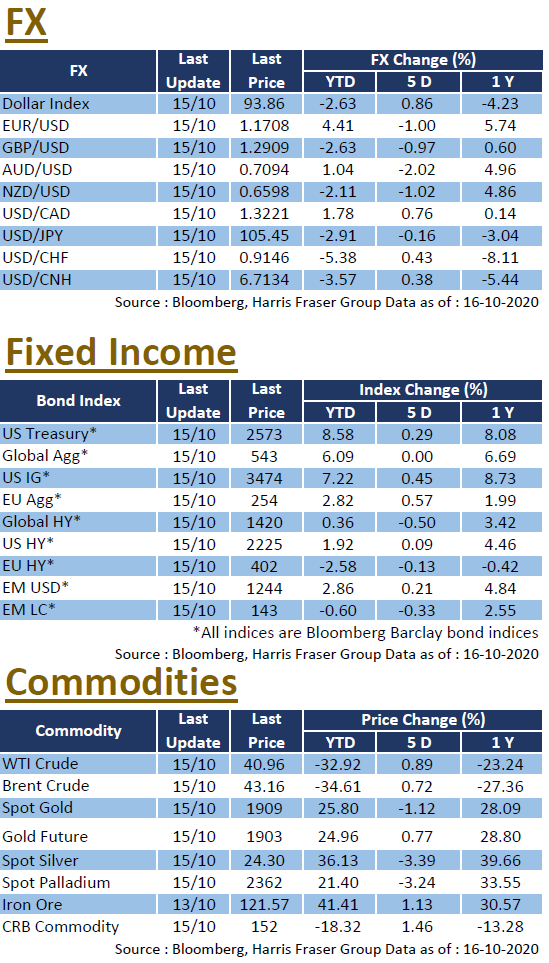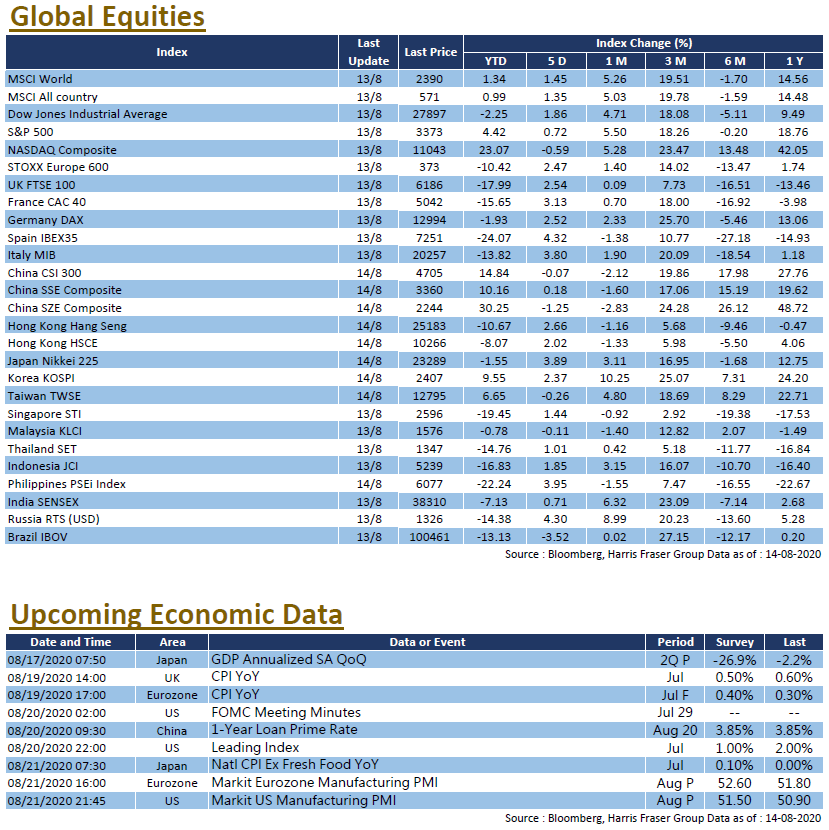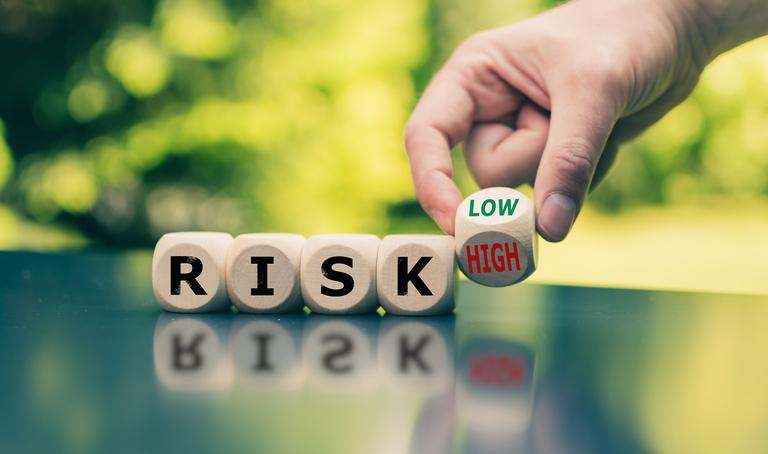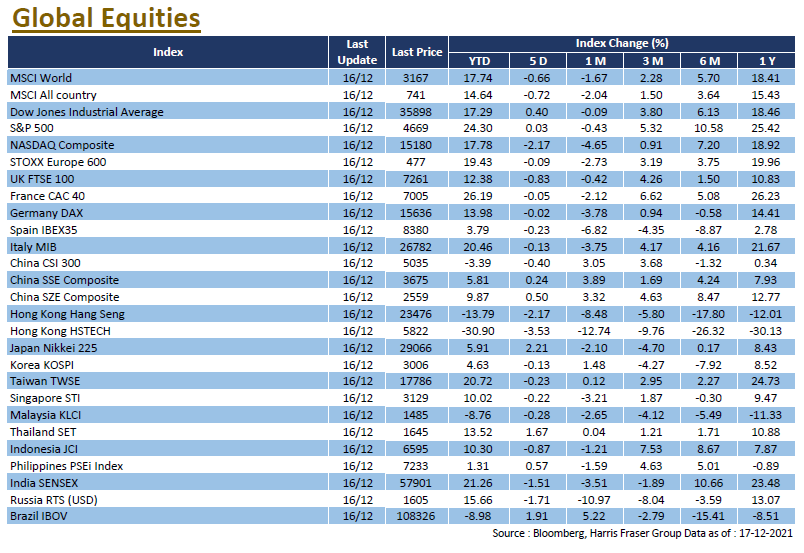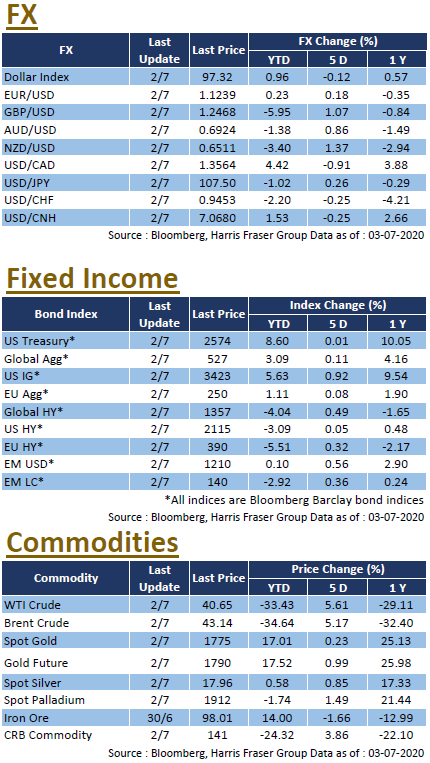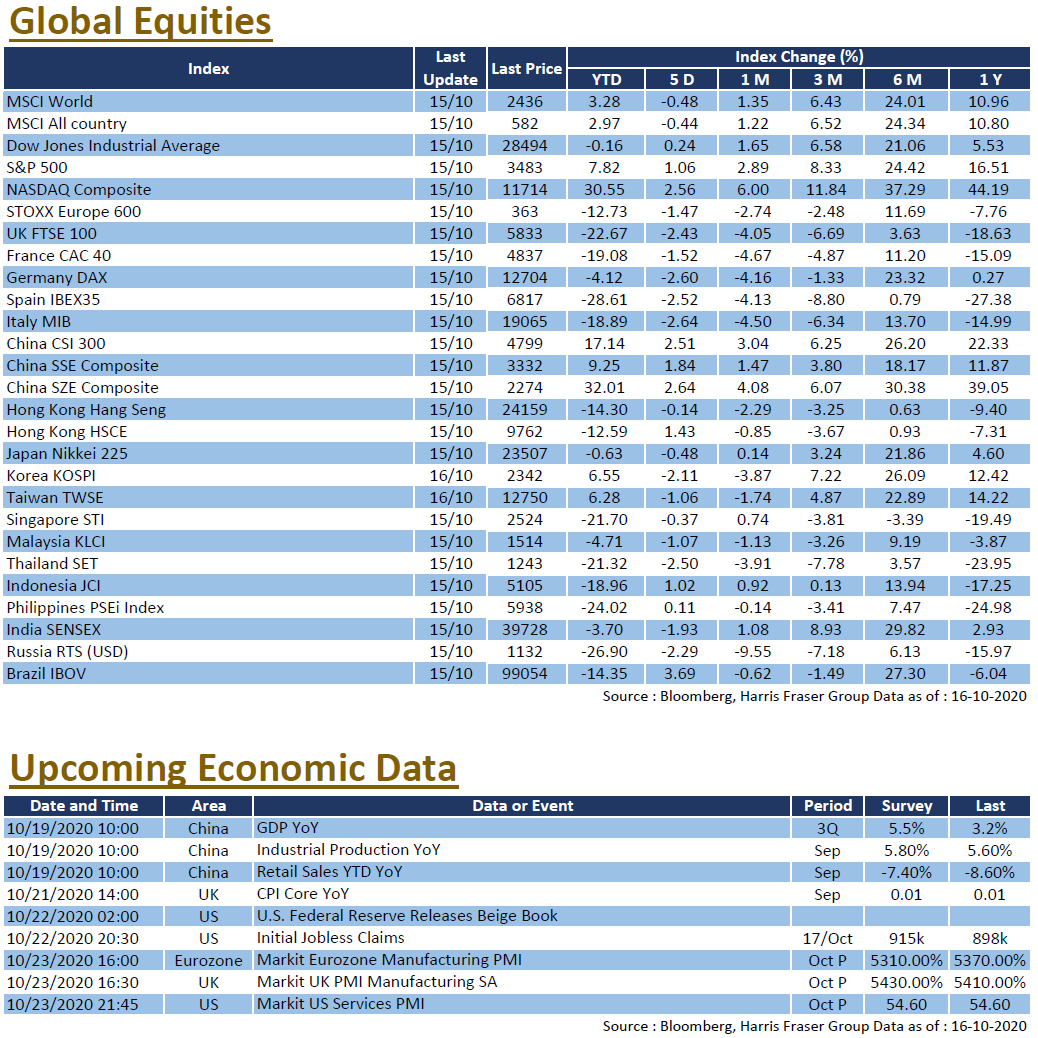Understanding the Characteristics of Different Bonds
Government vs Corporate
The first characteristic is the classification of government or corporate bonds. As the name implies, government bonds are bonds issued by the government, commonly referred as sovereigns, the best known sovereigns include the US Treasuries and German Bunds. For bonds issued by developed countries such as the US or Germany alike, international rating agencies will usually give them a higher rating, as the default risk of these government bonds are likely close to zero, with a high level of liquidity. However, because of the lower risk factor, its yield to maturity is also low.
As for corporate bonds, they are issued by companies and are commonly used as working capital in the company’s operations. Apart from the individual risks of the companies themselves, investors of corporate bonds must also bear the risks of the relevant countries the companies are doing business in, so the risks tend to be relatively higher. With the heightened risk factors, most corporate bonds have higher yield to maturity, this is called the "risk premium” of the bond.
As an investor, corporate bond tend to carry a relatively higher risk, as we are exposed to both the country and company risks. However, under normal circumstances we could expect receiving a higher yield from the investment for taking the additional risk.
High Grade vs High Yield
Most global bonds would request ratings from renowned international rating agencies, such as S&P, Moody’s and Fitch. If a bond has a rating higher than BB+, it is considered an investment grade bond, which suggests a relatively higher credit quality. Due to the issuing company’s good cash flow management and better solvency, the risk of holding its bonds is lower, which also results in a lower interest rate return.
Whereas for bonds rated BB+ or below, they are classified as high yield bonds. Compared to investment grade bonds, high-yield bonds have higher yields and with better return on capital. However, bear in mind that high yield bonds are also known as junk bonds, suggesting a higher default rate; the bond price volatility will also be larger, potentially experiencing a stock-like drawdown.
For investors, keep in mind that high-yield bonds may not always be the ideal high return stable investment. If the overall economy or corporate earnings improve, high-yield bonds can usually generate better returns; on the contrary, when the market is more volatile and the economic outlook is weaker, investment grade bonds can better stabilise the portfolio. In addition, also note that investment grade bonds tend to have longer duration and are more likely subject to interest rate risk.
Fixed-rate vs Floating-rate
Fixed rate bonds are bonds that pay fixed coupons regularly, and a majority of the bonds in the market fall into this category. When investors invest in these bonds, as long as there are no special event like defaults happening, we can expect to receive regular fixed coupons along with the principal at maturity. The fixed coupon makes calculation relatively convenient, which allows investors to plan accordingly with the expected cash flows.
Floating rate bonds have a variable coupon amount, where the coupon rate is usually the sum of the interbank rate plus a fixed premium. Therefore if interest rate rises, the coupon will follow suit. Although the coupon amount is not as easily computable as fixed-rate bonds, the interest rate risk of floating rate bonds is much lower, as the change in market interest rates are likely reflected in the coupon rate, resulting in a more stable bond price.
If investors expect interest rates to further fall, choosing fixed-rate bonds will be more advantageous; on the contrary, if interest rates are expected to rise, floating-rate bonds can reduce the impact of rate hikes. However, fixed rate bonds usually allow investors to better control their cash flow.
All in all, different bond characteristics will expose investors to different risks. While higher risks usually accompany with higher potential returns, depending on the client’s profile and interests, there is no single ‘best’ choice that one can choose from. Always understand the risk profiles of investors and the product itself before making investment decisions to ensure that the best outcome is achieved.
|
Different Characteristics of Bonds
|
|
Government Issued:
- Usually higher rated and have better liquidity, especially bonds issued by developed countries
- Lower risks imply a lower yield
|
vs
|
Corporate Issued:
- Tend to carry a higher risk, exposed to both country risks and company risks
- Higher risks tend to offer higher yields
|
|
Investment Grade:
- Rated higher than BB+
- Tend to have higher credit quality, lower risks imply a lower yield
- Tend to perform better in weaker economic outlook and volatile markets
- Tend to have longer duration, more exposed to interest rate risk
|
vs
|
High Yield:
- Rated at or lower than BB+
- Tend to have weaker credit, higher default risk imply a higher yield
- Tens to perform better in stronger economic outlook and less volatile markets
- Tend to have shorter duration, less exposed to interest rate risk
|
|
Fixed Coupon:
- Clearly defined coupon amounts
- Better for cash flow control
- Benefit from a rate cut environment
|
vs
|
Floating Rate:
- Variable coupon amounts
- Less certain cash flows
- Perform better during a rate hike cycle
|






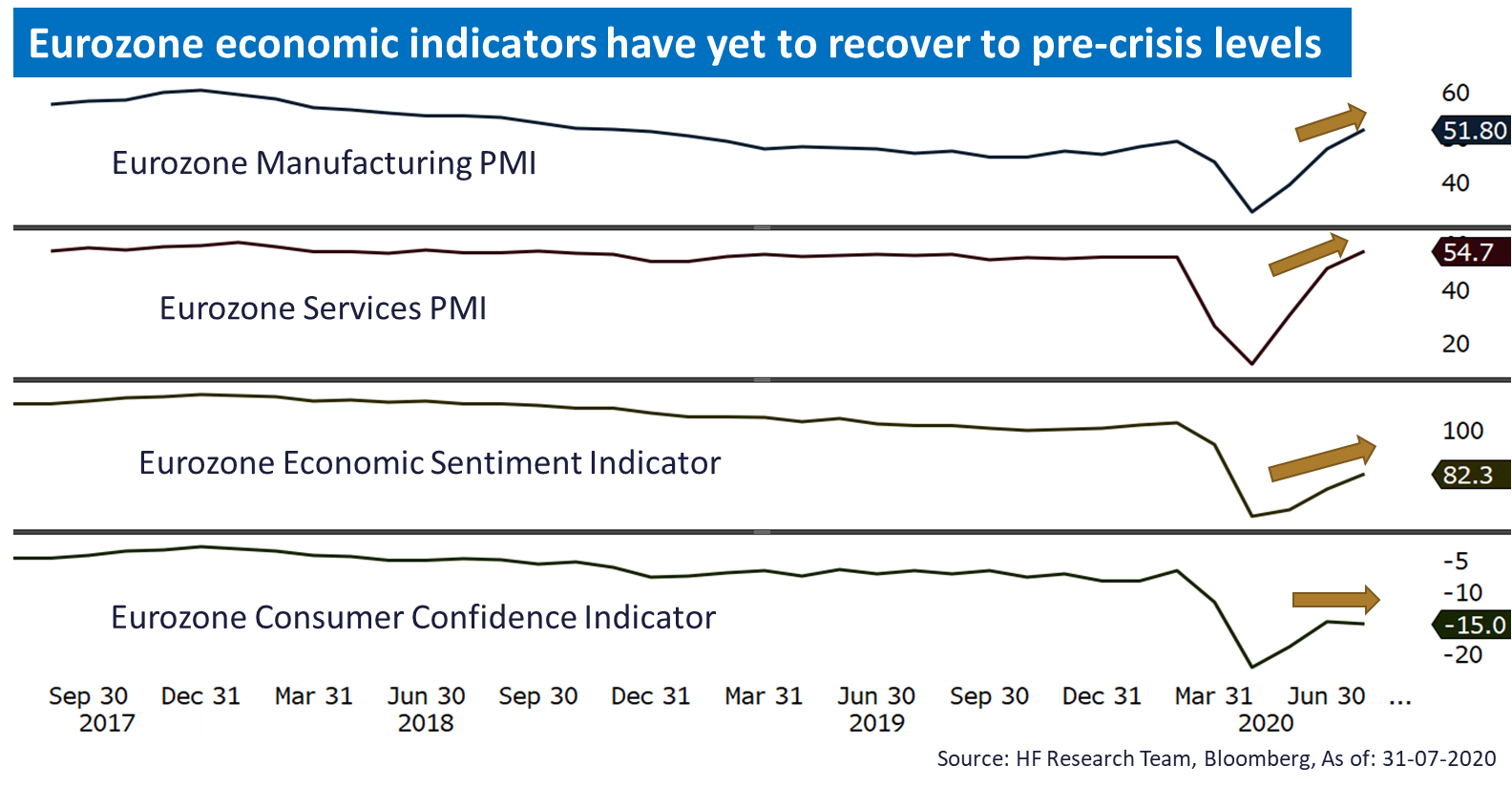
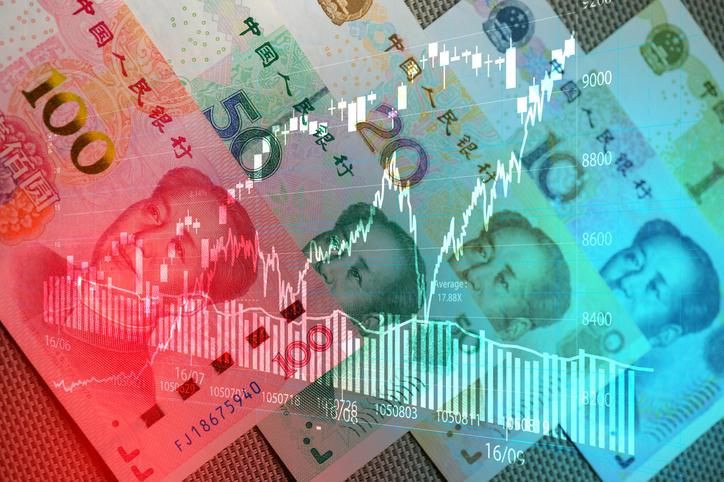
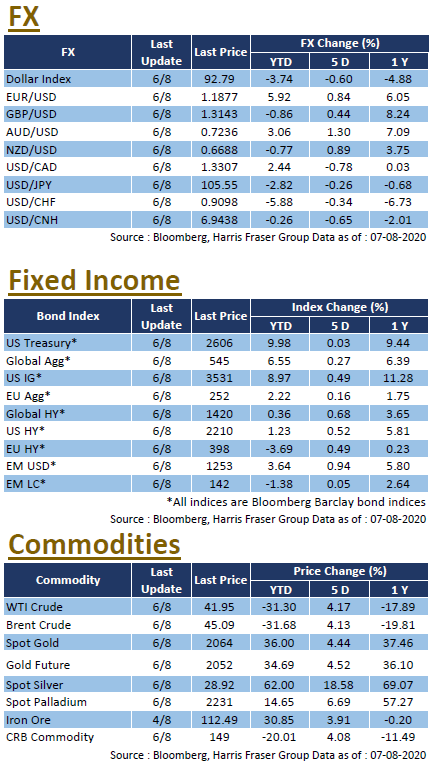




 US
US Europe
Europe China
China